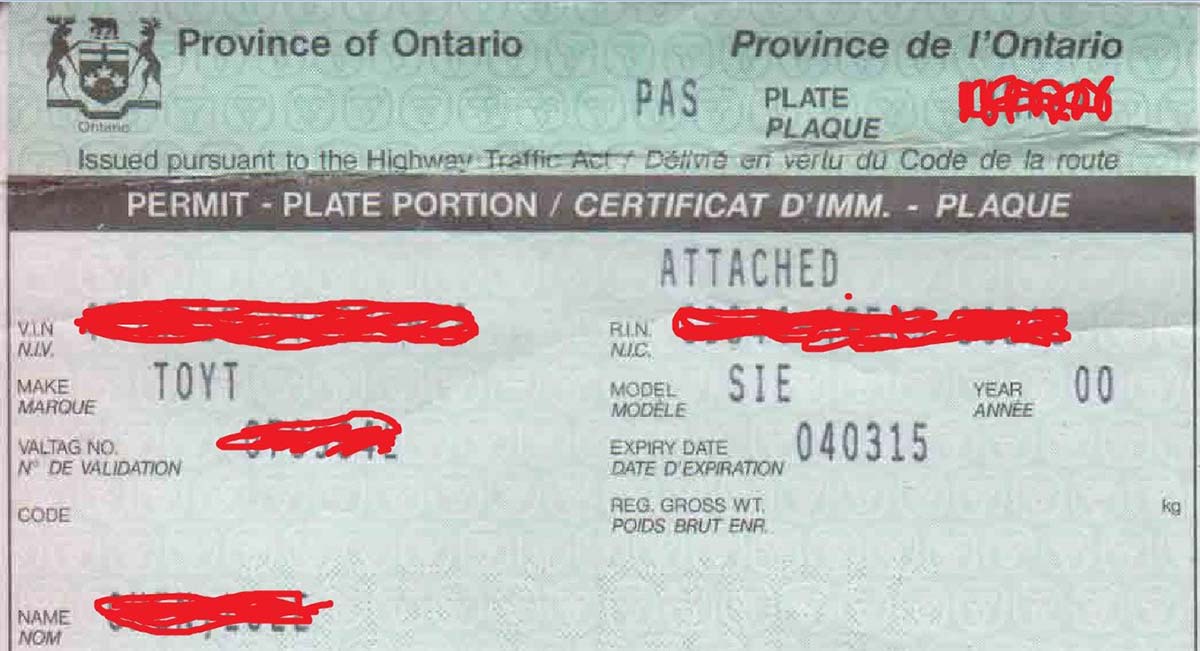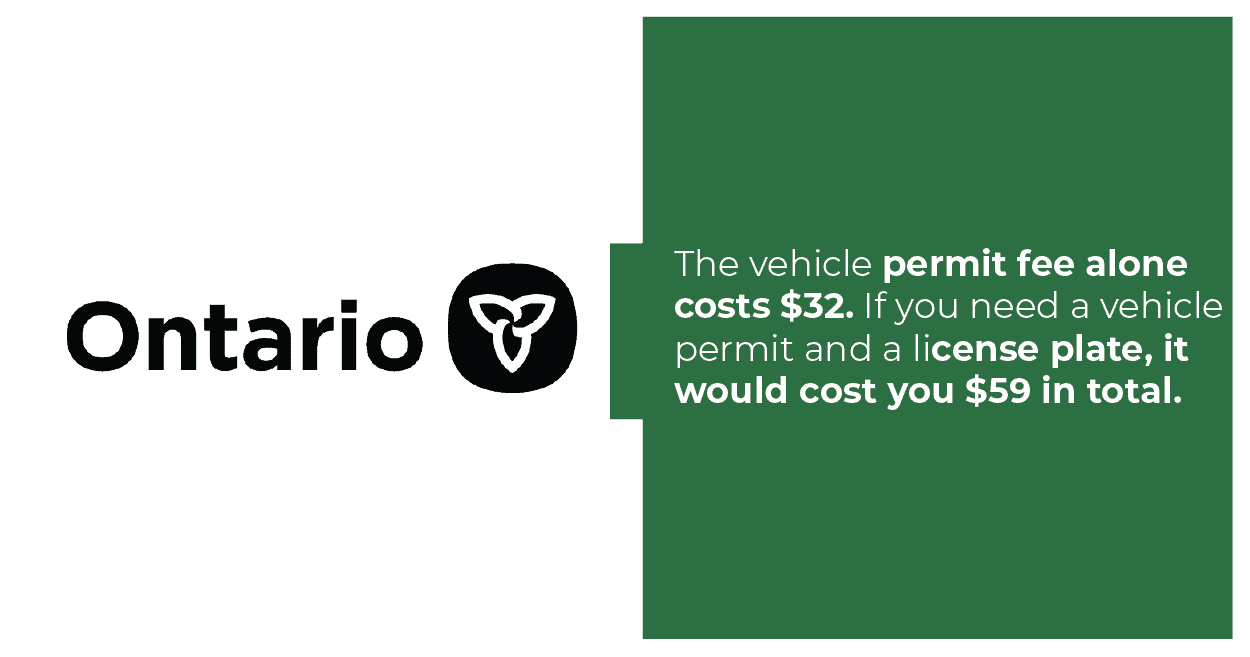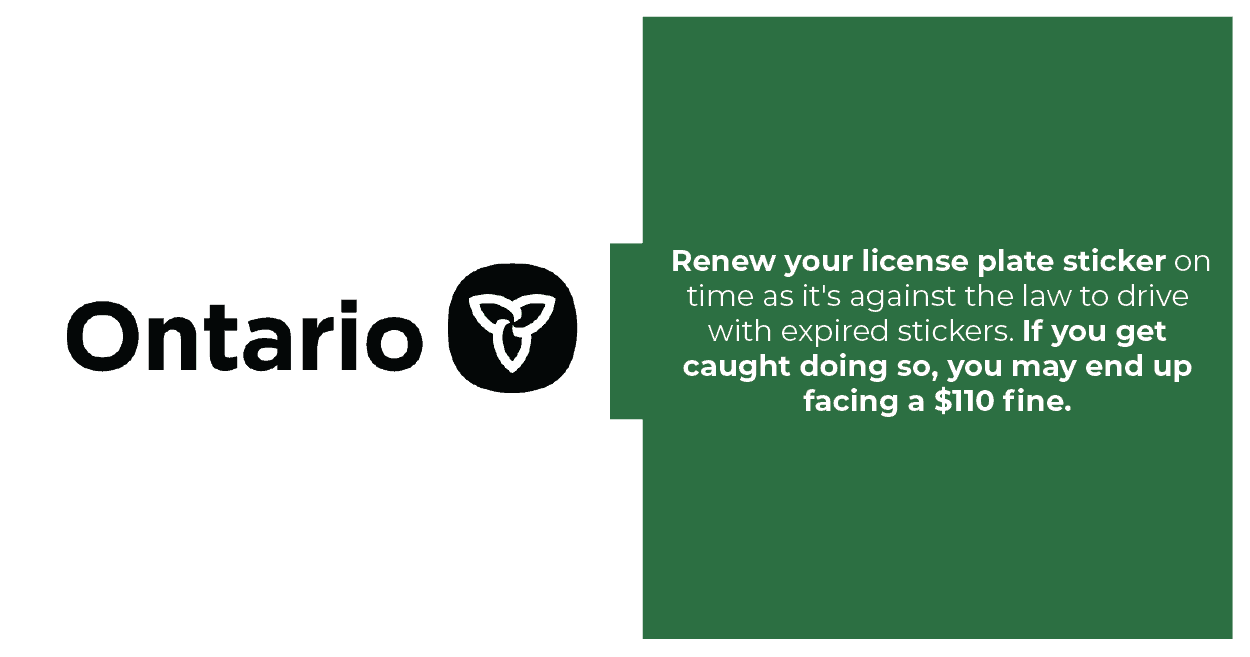Did you know that Canada saw over 100,000 vehicle registrations per month from May to December 2020? It did decrease in January 2021, but there were still 96,475 registrations during that month.
All that proves just how ingrained motor vehicle ownership is to the Canadian way of living.
If you're a new car owner yourself (or soon to be one), then it's best you learn what a vehicle permit number (VPN) is. You'll need this for as long as you own a specific vehicle.
To that end, we created this comprehensive guide discussing all the must-knows about a VPN. Read on to discover what it means, how to get one, where to find it, and what you need it for.
Ontario Vehicle Registration 101
The Highway Traffic Act mandates the registration of all motor vehicles in Ontario. It's illegal for non-registered passenger or commercial vehicles to use the province's roads. You first need to register a vehicle at a Service Ontario center before you can drive it.
Please keep in mind that breaching the Highway Traffic Act can lead to heavy penalties. Some of these include fines, demerit points, and even suspension of driving privileges. So, always make sure you drive only a completely registered vehicle on Ontario roads.
After you've registered your vehicle, you'll receive a vehicle permit. You'll also receive a license plate and a license plate sticker. These two, plus the vehicle permit, make up your vehicle registration.
What Is the Meaning of a Vehicle Permit Number?
A vehicle permit is proof of a vehicle’s registration and that a licensed motorist can drive it legally. It's also known as vehicle ownership, as it serves as proof that you are the vehicle's registered owner.
Each permit, in turn, has an assigned vehicle permit number (VPN) unique to that specific permit. The VPN is a string of characters that starts with a letter followed by seven digits. A Service Ontario center can confirm a vehicle's proprietorship using a VPN.
Where Do I Find My Vehicle Permit Number?
If you buy a car in Canada from a dealership, the dealer would usually take care of the registration process. The dealer would then give you a green document, which is the vehicle permit. This is where you'll find your vehicle permit number.
A vehicle permit also comes in two portions: the vehicle portion and the plate portion. Each portion has a corresponding piece of paper. You'll find the VPN on both slips, so long as you also applied for a license plate during registration.
Please note that the vehicle permit also contains the vehicle identification number (VIN). The VIN is different from the VPN; for one, the former consists of 17 alphanumeric characters. The VIN identifies only one specific vehicle, serving as that vehicle's fingerprint.
The vehicle portion of the permit also contains the following details:
- Type of vehicle (if it's a passenger, commercial, or motorcycle)
- Status of the vehicle (if it's "Fit" or "Unfit")
- License Status (if it's with a license plate or without)
- VIN
- Registrant identification number (RIN)
- Safety Standard Certificate Number
- Registered owner's name and address
The license portion contains similar details, except for the Safety Standard Certificate number. Instead, it indicates the validation tag (license plate sticker) number. It also states the validation's date of expiry.
What Is the Process for Getting a Vehicle Permit Number Yourself?
If the dealer doesn't register the vehicle for you, you need to complete the process yourself. The same applies if you buy a used vehicle from a private third-party seller.
You can register a vehicle at one of the more than 200 Service Ontario centers in the province. Check which one is nearest you and if they offer online services.
You'll then get your green permit with the VPN from the Service Ontario center. This is also how you'll get a license plate and license plate sticker.
What Do You Need to Get a Vehicle Permit and VPN?
First, you need to present your driver's license to the Service Ontario center.
You also need the following to register a passenger vehicle to get a vehicle permit and VPN:
- Completed used vehicle information package (UVIP)
- Proof of purchase of the vehicle (such as a bill of sale or receipt)
- Proof of insurance from a licensed Ontario insurance
If you bought a used vehicle, the seller must have given you the original vehicle permit. You need this, as well as the completed transfer portion, to register the vehicle.
The vehicle permit fee alone costs $32. If you need a vehicle permit and a license plate, it would cost you $59 in total. That's on top of the license plate sticker fee, which is $60 in Northern Ontario and $120 in Southern Ontario.
What If I Lose My Vehicle Permit?
In 2019, Canada's property crime rate was 3,510 per 100,000 population. Many of these crimes were motor vehicle burglaries, thefts, mugging, or robbery. Vehicle permit loss can occur if the permit is in a car that gets stolen or in someones wallet.
Either way, you'd need to file for a replacement whenever you lose your vehicle permit. Visit the Service Ontario center nearest you or check if they allow online replacements.
The cost to replace a lost or misplaced vehicle permit is also $32. You need to bring a valid ID, such as your Ontario Photo Card, driver's license, or passport. Another requirement is the documentation of your license plate number or VIN.
If you can't process the replacement yourself, you can authorize another person to do so. However, you must provide that person with a written and signed authorization letter.
What If It Becomes Damaged?
You might also need to replace a damaged vehicle permit if the writing in it is no longer legible. An example is if the document gets wet enough that it smudges the ink. Another is a permit with multiple torn areas.
What Do I Need My Vehicle Permit Number For?
Just like auto insurance in Ontario, you also need to renew your registration. It's your license plate sticker required by the law to get renewed every year. You need to provide your vehicle permit number once you have to renew your license plate sticker.
It's vital to renew your license plate sticker on time as it's against the law to drive with expired stickers. If you get caught doing so, you may end up facing a $110 fine.
However, the Ontario government gave an extension for some expired license plate stickers. This is in response to the current health crisis and COVID-19 pandemic. Stickers that expired on or after March 01, 2021, are still valid until further notice.
Even if you can still drive with an expired sticker, consider getting it renewed ASAP. For one, you'd still need to pay for the renewal fee for the previous period and the next one. You'd have to shell out more money to get your license plate sticker up-to-date.
Let's say your license plate sticker's expiry was last March 05, 2020. You then decide to have it renewed by May 05, 2021. In this case, you must pay for the sticker renewal from March 06, 2020, to April 05, 2021.
Vehicle Permit Address Change
If you're moving to a new home, you need to apply for a vehicle permit address change. You must do so within six days of moving.
You can change your address online, but you must go in-person to a Service Ontario center. Here, you'll swap your existing permit with a new one that indicates your new address. You may have to pay a fee if you don't exchange your old permit for the new one.
Which Vehicle Permit-Related Services Can You Get Online?
You can renew your license plate sticker online for up to 180 days before it's set to expire. You need your license plate number, VPN, valid auto insurance, and odometer reading. You can pay the $60 fee (N. Ontario) or $120 fee (S. Ontario) with a VISA, MasterCard, or Interac Online.
You also have to pay any outstanding fines or highway tolls as indicated in your driver's abstract. These fees will get added to your total license plate sticker renewal fee.
After the renewal, you'll get your new license plate sticker within five business days. Place this immediately on the upper right-hand corner of your license plate.
Most other permit-related processes require a visit to a Service Ontario location. For example, you still need to go to one of the centers to register a vehicle for the first time. The same goes for most vehicle permit changes, such as your name or vehicle and plate status.
Before you go to the nearest Service Ontario center, be sure to call them first. They may be able to help you with a service via phone or online. Don’t forget to ask them about their business hours, as some may have reduced their times of operation.
Your VPN Is Just as Crucial as Your VIN
As you can see, a vehicle permit number, which is in your vehicle permit, proves that you are the owner of that car. Without your VPN and VIN, you won't be able to renew your license plate sticker. That's why both are crucial strings of numbers to your life as a registered car owner.
Don't forget you need proof of auto insurance before you can register a car or renew its registration! If you don't have one yet, don't worry, as we here at Insurdinary can help. Get in touch with us now, and we'll be happy to help you find the best insurance!








